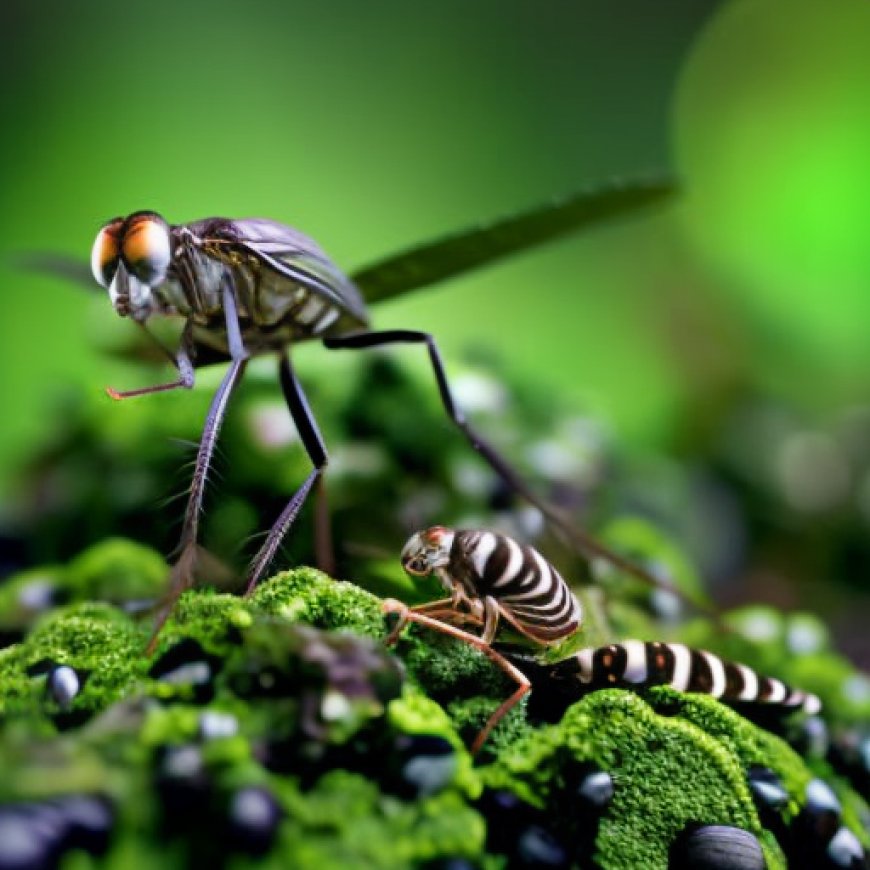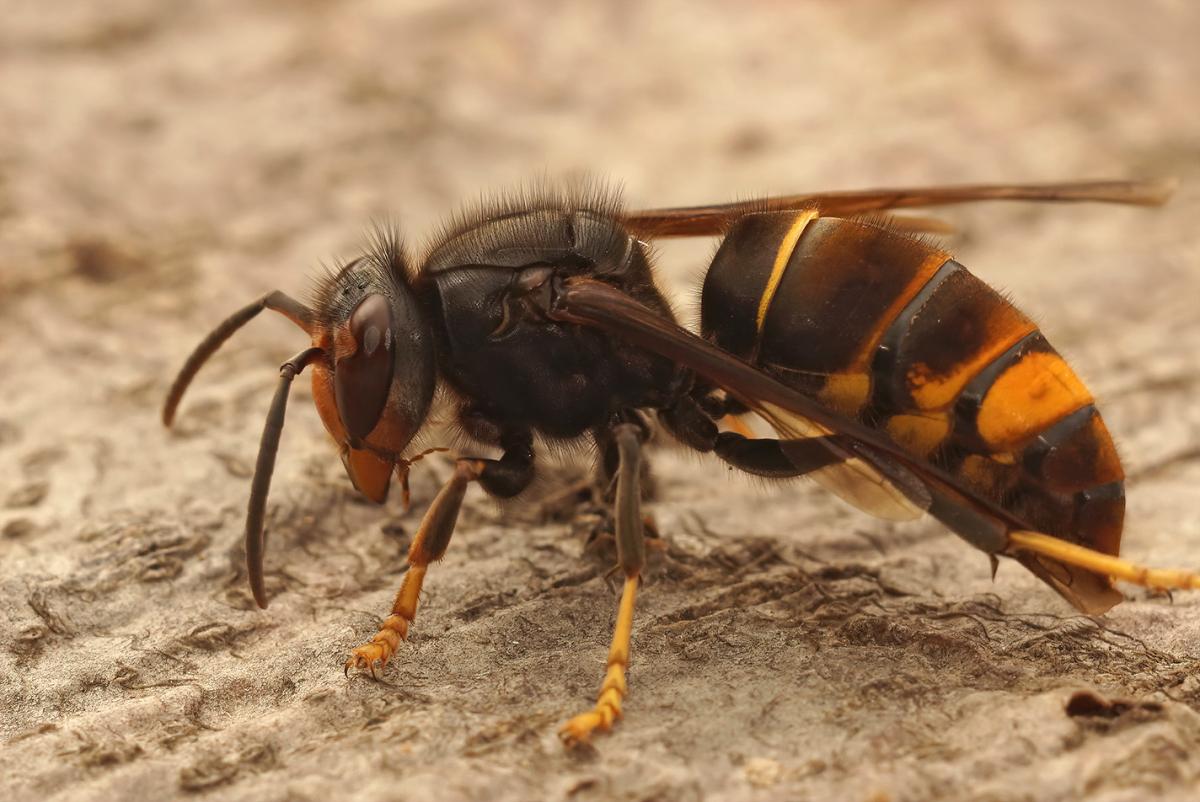Biodiversity: new IPBES report finds invasive alien species a growing and costly threat worldwide
Biodiversity: new IPBES report finds invasive alien species a ... Environment


Major Global Threats Posed by Invasive Alien Species, According to IPBES Report

According to a major new report by the Intergovernmental Platform on Biodiversity and Ecosystem Services (IPBES), more than 3,500 out of the 37,000 alien species that have been introduced by many human activities to regions and biomes around the world pose major global threats to nature, economy, food security and human health. Invasive alien species (IAS) play a key role in 60% of global plant and animal extinctions, and cost humanity more than $400 billion a year – an amount that has quadrupled every decade since 1970. With the increased movement of people and goods brought about by globalization, environmental degradation and climate change, the number of invasive alien species and their impacts are projected to increase in the future.
Importance of Sustainable Development Goals (SDGs)
- Goal 15: Life on Land
- Goal 2: Zero Hunger
- Goal 3: Good Health and Well-being
Commissioner for Environment, Oceans and Fisheries Virginijus Sinkevičius said:
The IPBES report on Invasive Alien Species is a very timely and valuable tool for policymakers as we seek to implement our global commitments on biodiversity. It confirms that with the IAS Regulation the EU is on the right path to tackle this threat to biodiversity, also filling the research gaps through the work of Horizon Europe and the Joint Research Centre. We’ve also committed to further action through an ambitious IAS target in the EU Biodiversity Strategy for 2030.
Invasive alien species are one of the five major direct drivers of biodiversity loss globally, alongside land and sea-use change, direct exploitation of organisms, climate change, and pollution. The report provides evidence, tools and options to help governments and stakeholders achieve ambitious new global goal on invasive alien species – Target 6 of the recently adopted Kunming-Montreal Global Biodiversity Framework, which aims to reduce the introduction and establishment of invasive alien species by at least 50% by 2030.
The IPBES experts point to the generally insufficient measures in place to tackle these challenges. While 80% of countries have targets related to managing invasive alien species in their national biodiversity plans, only 17% have national laws or regulations specifically addressing these issues. On the positive side, the report finds that for almost every context, there are management tools, governance options and targeted actions that work, such as prevention, eradication, containment and control.
Invasive Alien Species in the EU
In the EU 88 invasive alien species are strictly regulated, with 47 animal species of Union concern, and 41 plant species of Union concern. The impact and distribution of IAS in Europe have been described earlier this year in a specific report by the Joint Research Centre.
The EU already addresses invasive alien species as a threat to biodiversity through the EU Regulation on prevention and management of the introduction and spread of invasive alien species. It aims to prevent, minimise and mitigate the adverse impacts posed by these species on native biodiversity and ecosystem services. Rules also aim to limit social and economic damage.
The core of the Regulation is the list of Invasive Alien Species of Union concern (Union List). The species included on this list are subject to specific restrictions and measures such as restrictions on keeping, importing, selling, breeding, growing and releasing into the environment.
Member States are required to take preventive action, take measures for the early detection and rapid eradication of these species, as well as manage species that are already widely spread in their territory.
In its EU Biodiversity Strategy for 2030, the EU wants to put Europe’s biodiversity on the path to recovery. The Strategy contains the commitment to manage established invasive alien species and decrease the number of Red List species they threaten by 50% by 2030.
Background
Often described as the ‘IPCC for Biodiversity’, IPBES is the global science-policy body tasked with providing the best-available evidence to decision-makers, for nature and people. The European Union is a major donor of IPBES, with a total budget of € 9 million of direct contribution.
The IAS report is the result of 4 years of analysis conducted by 86 scientists (from 49 countries and many different disciplines) supported by 200 contributing authors and drawing on more than 13,000 references. It is the very first global synthesis report gathering the best scientific knowledge on invasive alien species. It provides a scientifically-based overview of the issues at stake, look at current and future trends, and highlight possible response-management options for action – with the aim
SDGs, Targets, and Indicators
1. Which SDGs are addressed or connected to the issues highlighted in the article?
- SDG 15: Life on Land
- SDG 14: Life Below Water
The article discusses the major global threats posed by invasive alien species to nature, economy, food security, and human health. These threats directly impact biodiversity and ecosystems, which are the focus of SDG 15. Additionally, invasive alien species can also affect marine ecosystems, aligning with SDG 14.
2. What specific targets under those SDGs can be identified based on the article’s content?
- Target 6 of the Kunming-Montreal Global Biodiversity Framework: Reduce the introduction and establishment of invasive alien species by at least 50% by 2030.
- Target 6.3 of SDG 15: By 2030, halt the loss of biodiversity and prevent the extinction of threatened species.
- Target 14.2 of SDG 14: By 2020, sustainably manage and protect marine and coastal ecosystems to avoid significant adverse impacts, including by strengthening their resilience and take action for their restoration in order to achieve healthy and productive oceans.
The article mentions Target 6 of the Kunming-Montreal Global Biodiversity Framework, which specifically aims to reduce the introduction and establishment of invasive alien species by at least 50% by 2030. This target is directly related to the issue discussed in the article. Additionally, the targets under SDG 15 and SDG 14 also address the need to protect biodiversity and ecosystems from the negative impacts of invasive alien species.
3. Are there any indicators mentioned or implied in the article that can be used to measure progress towards the identified targets?
- Number of invasive alien species introduced and established
- Reduction percentage of invasive alien species by 2030
- Loss of biodiversity and extinction rate of threatened species
- Management and protection measures implemented for marine and coastal ecosystems
The article does not explicitly mention specific indicators, but the identified targets can be measured using indicators such as the number of invasive alien species introduced and established, the reduction percentage of invasive alien species by 2030, the loss of biodiversity and extinction rate of threatened species, and the implementation of management and protection measures for marine and coastal ecosystems.
SDGs, Targets, and Indicators
| SDGs | Targets | Indicators |
|---|---|---|
| SDG 15: Life on Land | Target 6.3: By 2030, halt the loss of biodiversity and prevent the extinction of threatened species. | – Loss of biodiversity and extinction rate of threatened species – Number of invasive alien species introduced and established |
| SDG 14: Life Below Water | Target 14.2: By 2020, sustainably manage and protect marine and coastal ecosystems to avoid significant adverse impacts, including by strengthening their resilience and take action for their restoration in order to achieve healthy and productive oceans. | – Management and protection measures implemented for marine and coastal ecosystems – Number of invasive alien species introduced and established |
| Kunming-Montreal Global Biodiversity Framework | Target 6: Reduce the introduction and establishment of invasive alien species by at least 50% by 2030. | – Reduction percentage of invasive alien species by 2030 – Number of invasive alien species introduced and established |
Behold! This splendid article springs forth from the wellspring of knowledge, shaped by a wondrous proprietary AI technology that delved into a vast ocean of data, illuminating the path towards the Sustainable Development Goals. Remember that all rights are reserved by SDG Investors LLC, empowering us to champion progress together.
Source: environment.ec.europa.eu

Join us, as fellow seekers of change, on a transformative journey at https://sdgtalks.ai/welcome, where you can become a member and actively contribute to shaping a brighter future.







